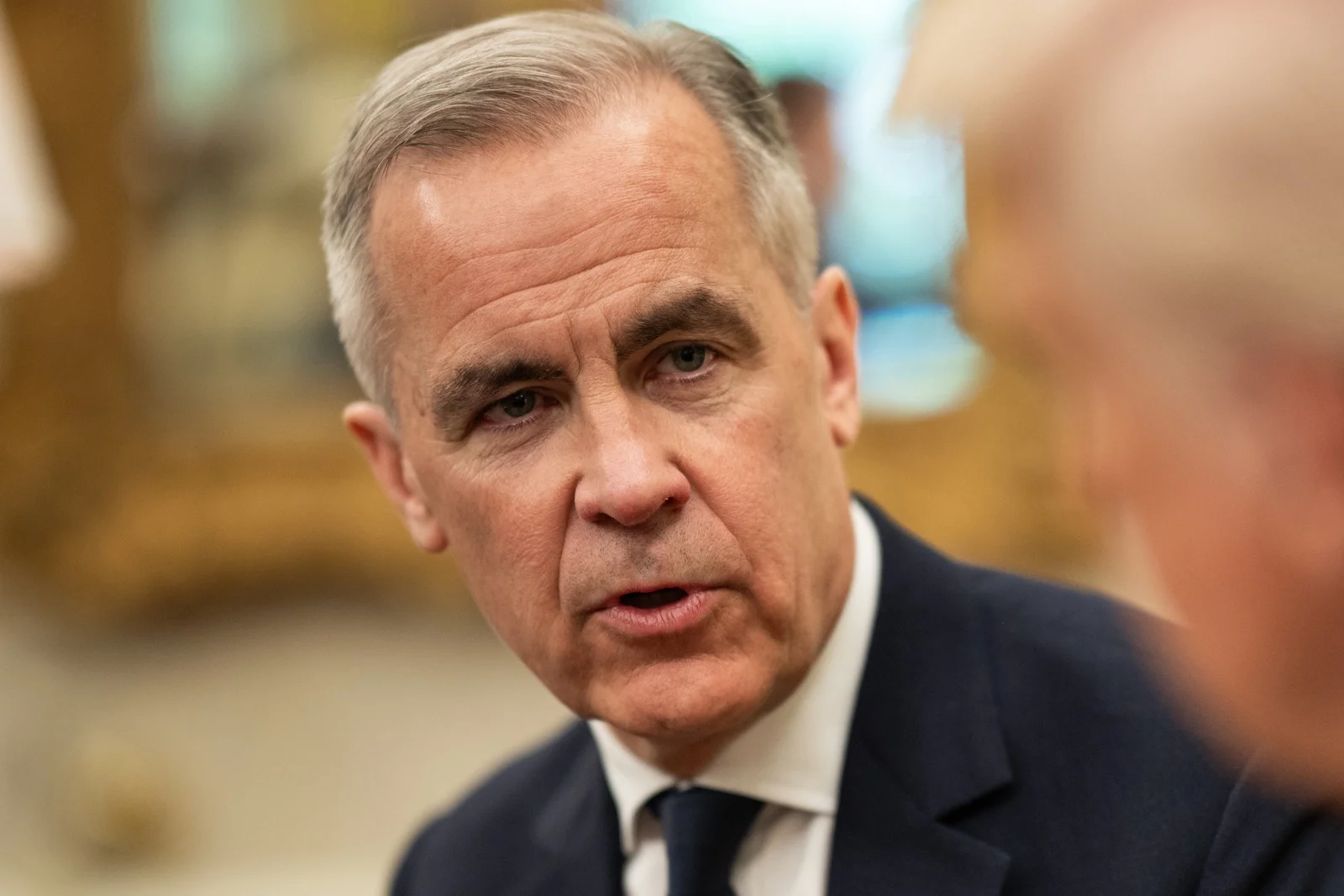
The Two-State Shift Moves to Street Level
On September 21, Canada, the United Kingdom, Australia—and then Portugal—formally recognized the State of Palestine on terms analogous to their recognition of the State of Israel. The diplomatic center of gravity continues to tilt toward a UN-anchored two-state framework.
A majority of UN member states already accept Palestinian statehood; as recently as September 12, the General Assembly condemned Hamas by a vote of 142–10, with 12 abstentions, underscoring that most capitals now separate the question of Palestinian representation from the actions of Hamas. In recent months, France, Belgium, Luxembourg, Malta, Slovenia, and Mexico joined the roster of states extending recognition. Depending on the count, between 147 and 151 of the UN’s 193 members now recognize Palestine—a supermajority that pushes long-running trends into a more explicit, two-state direction.
That trajectory has legal markers. Palestine joined UNESCO in 2011, acceded to the International Criminal Court in 2015, and saw the Rome Statute enter into force later that year. In diplomatic practice, “two-state” generally references the 1967 lines—West Bank (including East Jerusalem) and Gaza—and, as recognition spreads, missions are upgraded from delegations to embassies headed by Palestinian representatives. Most governments still emphasize the PLO as the relevant national interlocutor, even as they condemn Hamas.
Institutionally, the UN edged closer to normalization in 2024 by expanding Palestinian participation rights in the General Assembly and deeming Palestine “qualified” for full UN membership—short of conferring it. Under the Charter, admission still requires Security Council approval, which the United States can veto and, so far, has. The American blockade is therefore the structural brake on full UN membership.
Even so, expanded rights create practical questions: if Palestine remains a non-member observer state—like the Holy See—yet with broadened privileges, what does its representation look like on the ground? One obvious model is the consular architecture states use to project influence. There are two basic types of consuls. Consuls General lead standing offices and handle high-volume political, economic, and citizen services. Honorary consuls are prominent private citizens who represent a state’s interests part-time, typically where a full mission isn’t justified.
Israel’s global consular map provides a clear template for how a state organizes reach well beyond its embassies:
Asia: In China, Consuls General Gadi Harpaz (Chengdu), Alex Goldman Shayman (Guangzhou), Amir Lati (Hong Kong), and Ravit Baer (Shanghai) anchor a dense network. India hosts Orli Weitzman (Bengaluru) and Kobbi Shoshani (Mumbai). In Turkey, Rami Hatan serves in Istanbul; in the United Arab Emirates, Liron Zaslansky is posted in Dubai.
Europe: Israel relies on both career and honorary appointments: Adamos A. Varnava (Honorary Consul, Nicosia), Leon Glikman (Honorary Consul, Tallinn), Talya Lador-Fresher (Consul General, Munich), Olga Slov (Consul General, Saint Petersburg), Oleg Vyshniakov (Honorary Consul, Lviv), and Stanley Lovatt (Honorary Consul, Glasgow).
North America: Canada hosts Eliaz Luf (Montréal) and Idit Shamir (Toronto). Mexico relies on honorary posts—Edoardo Gurgo Salice (Cancún), Marcos Shemaria Zlotorynski (Guadalajara), Miguel Otto Schwarz (Monterrey), Gregorio Goldstein Isaacson (Tijuana). In the United States, Consuls General include Eitan Weiss (Atlanta), Benny Sharoni (Boston), Yinam Cohen (Chicago), Livia Link-Raviv (Houston), Israel Bachar (Los Angeles), Maor Elbaz-Starinsky (Miami), Ofir Akunis (New York), and Marco Sermoneta (San Francisco).
South America, Africa, Caribbean: Rafael Erdreich (Consul General, São Paulo) anchors Brazil; Robert Stravens serves as Honorary Consul in Victoria, Seychelles; Flora Gunn is Honorary Consul in Kingstown, St. Vincent and the Grenadines.
The point is not the names but the infrastructure. Israel established its first consulate abroad in New York in 1948, with Arthur Lourie as inaugural Consul General—an early recognition that consular work can mobilize political support, trade, and diaspora ties at scale. Honorary consuls were layered on later, often in smaller European and Latin American states, to extend cultural outreach and commercial linkages without the cost of a full mission.
By contrast, the Palestinian consular presence remains thin—reflecting its constrained status, even as recognition spreads. Limited Consuls General are operating in key regional states: Egypt (Wafiq Abu Sidu), Iraq’s Kurdistan Region (Mahr Karaki), Saudi Arabia (Mahmoud Yahya Al-Asadi), Turkey (Hanaa Abu Ramadan), and the United Arab Emirates (Mohammad As’ad). The gap between diplomatic recognition on paper and representation in practice remains wide.
Which raises the real question embedded in this month’s recognitions: if momentum holds—without prejudging final borders—who will be Palestine’s “Arthur Lourie,” the first Consul General whose office becomes a hub of political, economic, and civic mobilization? Even with fast-tracked recognition, building a global consular footprint is a generational project. Israel’s took nearly eight decades; a fully regularized Palestinian network would require not just UN membership but the slow, unspectacular work of opening offices, accrediting envoys, cultivating diaspora leaders, and servicing citizens—step by step, city by city.
The two-state “frame” has moved from aspiration to administrative detail: votes tallied, statutes entered into force, missions upgraded, consuls appointed. Recognition is the headline. Representation is the workload that follows.
